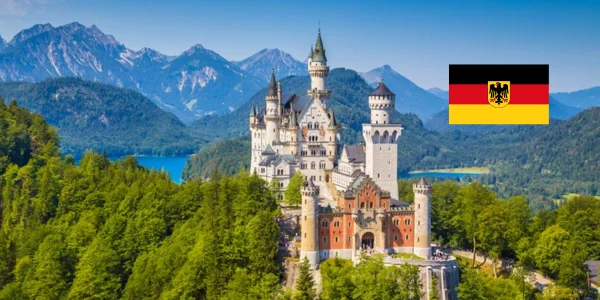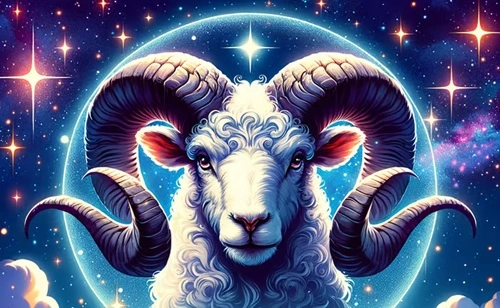Germany is a nation known for its rich history, engineering excellence, cultural contributions, and picturesque landscapes. While it’s easy to associate the country with Oktoberfest and luxury cars, Germany has plenty of fascinating and lesser-known sides to it. Whether you’re a traveler, student, or trivia lover, here are 10 fun facts about Germany that may surprise you!
1. Germany Has Over 1,500 Types of Sausages

When it comes to sausages, Germany takes the crown. There are more than 1,500 varieties of sausages (Würste) across the country. From Bratwurst and Weißwurst to Currywurst, each region has its own special recipe and method of preparation. Sausages are a cultural staple, served in everything from street food stalls to high-end restaurants.
Fun Fact: The average German consumes about 30 kilograms of sausages per year!
2. Germany Is the Birthplace of the Printing Press
In the mid-15th century, Johannes Gutenberg revolutionized the world with the invention of the movable-type printing press in Mainz, Germany. His creation laid the foundation for mass communication and the spread of knowledge, making books more accessible and igniting the Age of Enlightenment.
Gutenberg’s Bible, printed around 1455, is considered one of the most valuable books in history.
3. Germany Has No Official Speed Limit on Many Highways
The Autobahn is world-famous for a reason. On many sections of these high-speed highways, there is no official speed limit. However, a recommended speed of 130 km/h (81 mph) is advised. The quality of German roads and driver discipline make this a thrilling — yet safe — driving experience.
As of 2024, over 70% of the Autobahn network remains unrestricted by speed limits.
4. Germany Is Europe’s Most Populous Country
With a population of approximately 84 million people (as of early 2024), Germany is the most populous country in the European Union. It’s also the fourth-largest economy in the world, known for its innovation in engineering, automotive, and green technology sectors.
Germany is also home to over 10 million immigrants, making it one of Europe’s most diverse nations.
5. Germany Has More Castles Than You Can Imagine
Believe it or not, Germany has over 25,000 castles! Some are well-preserved and open to tourists, while others lie in romantic ruins. The Neuschwanstein Castle in Bavaria, which inspired Disney’s Cinderella castle, is one of the most iconic and visited castles in the world.
Tip: Visiting castle ruins is free in many regions and often nestled in stunning landscapes.
6. Oktoberfest Is Not in October (Mostly)
The world’s most famous beer festival, Oktoberfest, actually starts in September! Held in Munich, the festival traditionally begins in mid-September and ends on the first Sunday of October.
In 2023, Oktoberfest welcomed over 6.5 million visitors and served approximately 7.3 million liters of beer.
7. Germany Has a Forest That Inspired Fairy Tales
Germany is home to the Black Forest (Schwarzwald), a densely wooded region in southwest Germany that inspired the Brothers Grimm’s fairy tales like Hansel and Gretel and Little Red Riding Hood. With its misty trails, cuckoo clocks, and quaint villages, it’s a real-life storybook setting.
Over 30% of Germany is covered in forests, making it one of Europe’s greenest countries.
8. Germany Is a World Leader in Recycling
Germany takes sustainability seriously. With an advanced waste separation system, Germany recycles around 66% of its waste, one of the highest rates globally. The Pfand system encourages citizens to return bottles and cans for cash, promoting a circular economy.
Plastic bottles and glass can be returned to machines in supermarkets for a refund of €0.25 per bottle.
9. Berlin Has More Bridges Than Venice
Yes, you read that right. Berlin, the capital of Germany, has over 1,700 bridges, surpassing Venice. The city is crisscrossed by rivers and canals, making water-based sightseeing an unexpected delight.
The Spree River offers beautiful boat tours that show off Berlin’s diverse architecture and history.
10. German Is the Most Widely Spoken Native Language in Europe
Despite English being the most studied foreign language, German is the most spoken native language in Europe. It’s the official language in Germany, Austria, Liechtenstein, and parts of Switzerland, Luxembourg, and Belgium.
Over 100 million people in Europe speak German as their first language.
Conclusion
Germany is a land where tradition meets innovation — where fairy-tale forests exist alongside cutting-edge technology. From sausages and speed limits to recycling and romance-filled castles, the country offers a diverse and often surprising cultural experience.
Whether you’re planning a trip, studying the language, or just exploring from afar, these fun facts about Germany shed light on a nation that’s both rooted in history and racing toward the future.



